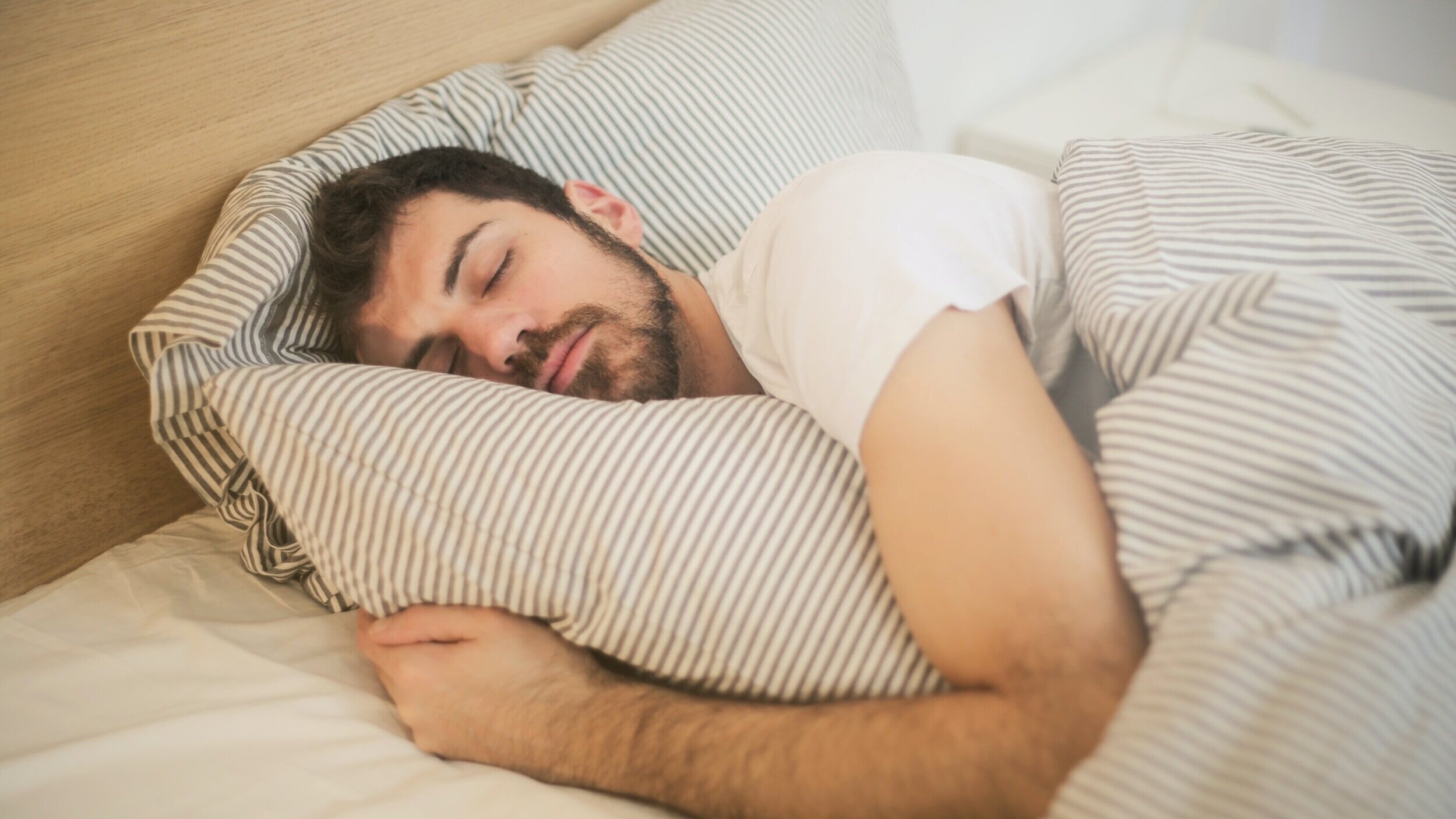How to Choose the Right Sleeping Position for You
by Kayla Nguyen
With twelve-page papers and too many exams, it can be difficult to find eight hours of sleep a night. Yet even after a full night of sleep, when we should feel energetic and well-rested, we can feel groggy and more tired than after waking up from three or four hours of sleep. While many factors can affect our quality of sleep, like the foods we eat or activities we perform before bed, one of the major factors that influences our sleep is our sleeping position.
As a child growing up afraid of the dark, my sleeping position was determined by where my night-light was placed, and when I grew older, by the location of the window or door (although occasionally towards my night light again after a particularly scary movie). I was mostly concerned with being in the most comfortable position to get to sleep rather than how much that position would affect the quality of rest. While there is no one correct way to sleep, different positions can affect various health concerns, and understanding these relationships can help you improve your sleep.
Case One: Nightmares
Avoid: Right-Side
Recommend: Left-Side
Nightmares at any age are terrifying and can severely disrupt your quality of sleep. Although you typically expect a nightmare to occur after a horror movie marathon, it might come as a surprise that your sleep position can contribute to having a nightmare!
A 2004 study suggests that those who sleep on their left-side observe a much higher percentage of nightmares, with the 63 participants reporting nightmares 40.9% of the time on their left-side and only 14.6% of the time on their right [1]. Having nightmares 40.9% of the time is severely taxing on your body, causing you to feel heavy and sluggish and making it difficult to get through the day.
As a left-side sleeper, there have been many times when I’ve woken up after a nightmare and immediately felt tired and grumpy, not able to start the day without having a strong cup of coffee. In fact, the participants in the study found that positive emotions such as happiness, excitement, and peace were more common in right-side sleepers than left, attesting to how a good night’s rest can considerably influence your mood throughout the day [1].
Case two: Sleep Apnea or Snoring
Avoid: Back
Recommend: Side
Sleep apnea, a sleeping disorder that causes shallow breathing and/or frequent pauses between breaths while sleeping, is often associated with snoring, a common symptom of sleep apnea. While not all snoring is caused by sleep apnea, sleep apnea-induced snoring can be reduced with a change of sleeping position.
In a study that compared sleeping on your side, stomach, and back, participants recorded sleep apneas 23.1% of the time on their back, 12.7% of the time on their stomach, and 2% of the time on their side [3]. However, remaining on our side or stomach is difficult as we often toss and turn in our sleep.
To prevent settling onto your back while sleeping, place a pillow behind your back if sleeping on your side, or one on either side of your body if sleeping on your stomach. Doing so can greatly improve sleep apnea symptoms, as participants who were successful in avoiding their backs while sleeping noticed a decrease of sleep apnea occurrences by 80.4% [3].
Case Three: Back Pain
Avoid: Stomach
Recommend: Side or Back with Respective Pillow Placements
With the persistence of the pandemic, there has been a rise in majorly sedentary lifestyles and associated back pain. Adopting a position that puts stress on your back for 6-8 hours a night after sitting at your desk for long hours during the day only worsens back pain and makes you feel tired from a night of unsatisfactory sleep.
In a pilot study that observed the effects of sleeping positions on back pain in physically active seniors, sleeping on your stomach was found to be the worst position for back pain, only multiplying the pain during the day [4]. Sleeping on your stomach causes the majority of your weight to shift to the middle of your body, preventing your spine from assuming a neutral position and forcing it to bear extra weight, which is why this position should be avoided.
If sleeping on your back, placing a pillow underneath the knees allows for your spine to move into a straight and neutral position; if on your side, placing a pillow between the knees elevates and stabilizes the top leg, preventing unnecessary movement and strain on your spine while sleeping.
Case four: Sleep Paralysis & Associated Hallucinations
Avoid: Back
Recommend: Side or Stomach
While sleep paralysis is more commonly experienced by people with sleep apnea or narcolepsy, it can happen to anyone, and is often reported during a night of disrupted and low-quality rest. A person in a sleep paralysis episode will be unable to move or speak despite being awake, usually just before falling asleep or after waking up.
Hallucinations are quite common during sleep paralysis, as “around 75% of sleep paralysis episodes are typically accompanied by a wide range of bizarre and often terrifying hallucinations” [5]. The hallucinations are most commonly one of three situations: the intrusion of a dangerous person or presence, suffocation, or an out-of-body sensation such as flying [6].
While these experiences are unexpected, sleeping position has been reported to affect the frequency of these episodes, as research participants reported sleep paralysis four times more often on their back than in other positions [2]. Thus, opting to sleep on your side or stomach may decrease the frequency of sleep paralysis.
The Bottom Line
There is no single correct way to sleep, but different sleeping positions are able to reduce various ailments in our daily lives, relieving tiredness and pain. By choosing the right position to sleep in and enlisting the use of well-positioned pillows, we can make the most of the night, maximizing the benefits of sleep regardless of the duration.
References
“Sleeping Position, Dream Emotions, and Subjective Sleep Quality.” Sleep and Hypnosis. (2004).
“Situational factors affecting sleep paralysis and associated hallucinations: position and timing effects.” J. Sleep Res. (2002).
“Sleeping position and sleep apnea syndrome.” Am J Otolaryngol. (1985).
“Effects of sleeping position on back pain in physically active seniors: A controlled pilot study.” IOS Press. (2016)
“Relationships between sleep paralysis and sleep quality: current insights.” Nat Sci Sleep. (2018).
“What You Should Know About Sleep Paralysis.” Sleep Foundation. (2020).








